Get Inspired
Build the life you love. Learn more about fusioneering:
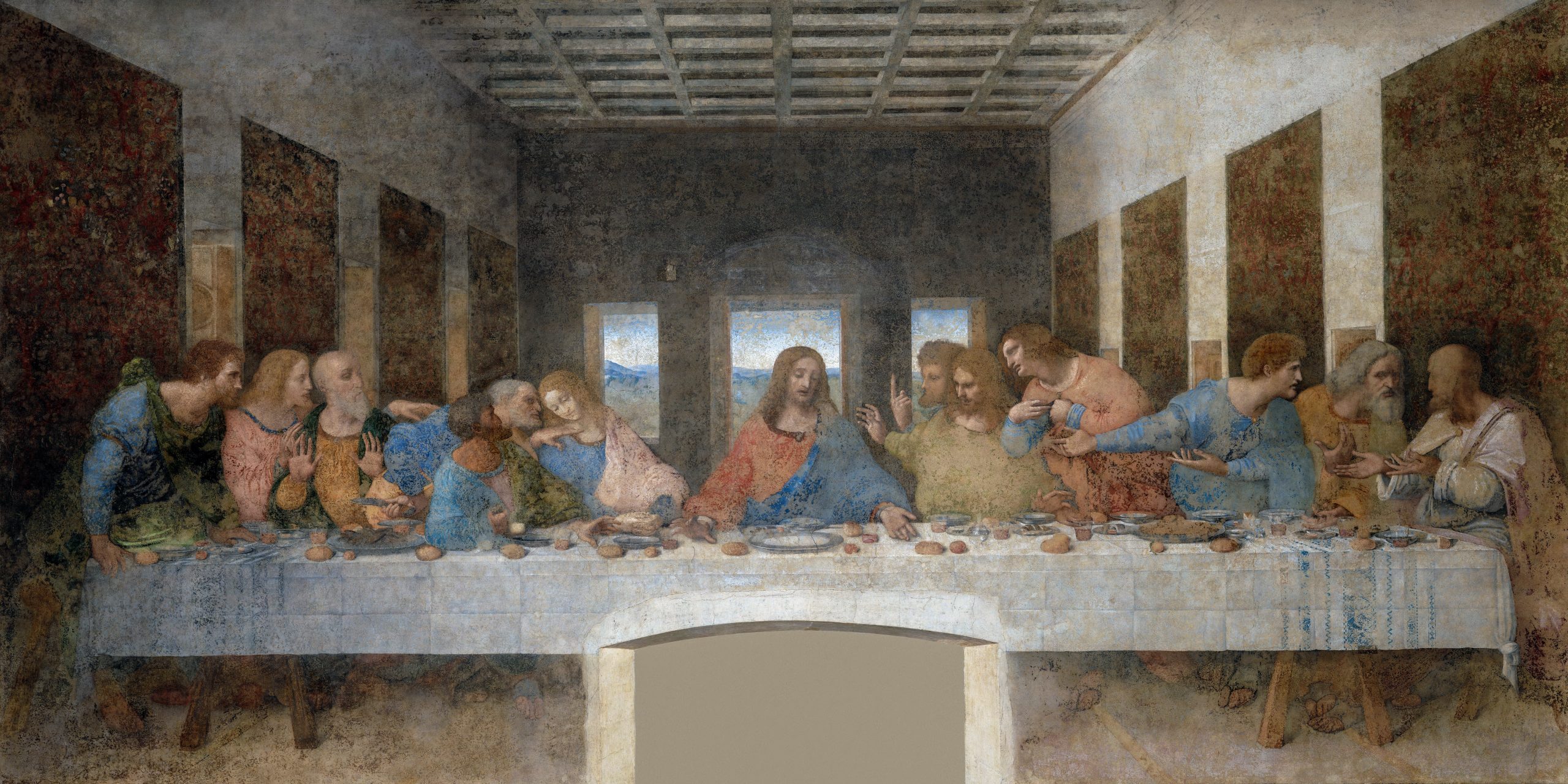
Posted on August 15, 2023 in Art History
Throughout history, certain paintings have captured the essence of what it means to be human, rippling through time, resonating with audiences across generations, and leaving indelible marks upon the world of art. These classic masterpieces, as beautiful as they are famous, have all transcended boundaries, provoked countless discussions, and redefined artistic conventions. Today, we look at five of the most famous and influential paintings of all time, delving into their artistic brilliance and examining the impact they’ve left on the world.
Related: You’ve Seen Painting’s Past, Now See Its Future
Painted by Norwegian artist Edvard Munch, The Scream is an iconic representation of existential dread and the fragile human psyche. Depicting a figure standing on a bridge, their mouth agape in a twisted scream, the painting has come to epitomize the anguish and anxiety that pervaded the modern world at the turn of the 20th century. Munch wrote in his diary that the inspiration for the painting came one evening when he was walking along a fjord and witnessed the sky turn red. Stricken with anxiety, Munch “sensed an infinite scream passing through nature,” a feeling he was determined to capture on canvas.
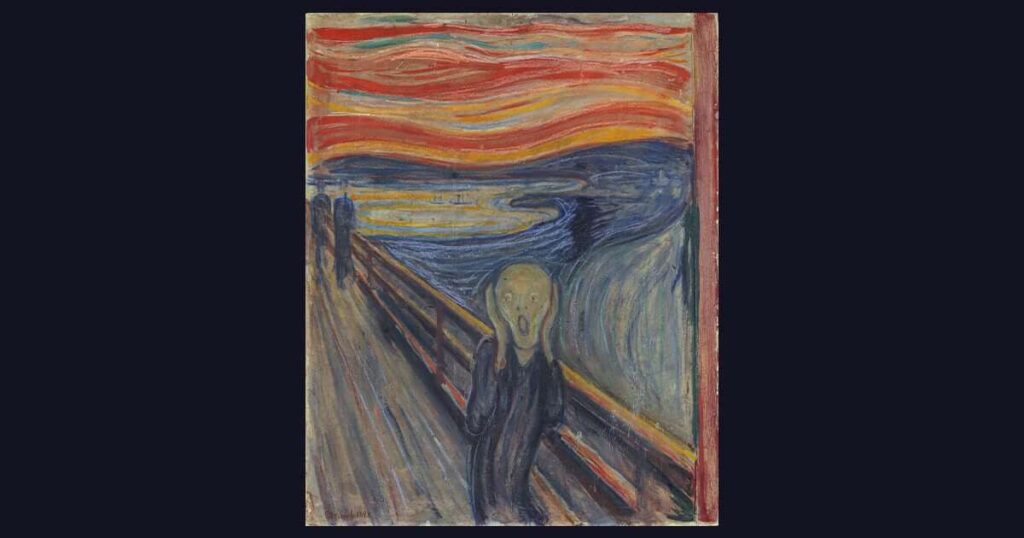
The Scream has become an internationally recognized symbol of existential angst and emotional turmoil.Munch’s bold use of color, swirling brushwork, and distorted perspective effectively convey an emotional experience that is both intense and intimate. The painting’s universal resonance has contributed to its status as a cultural touchstone, inspiring countless artists and serving as a poignant reminder of the complexities of the human condition.
Pablo Picasso’s Guernica is widely regarded as one of the most powerful anti-war paintings in history, and its cubist and surrealist influences and abstracted forms allow the painting to move audiences in ways photographs cannot. Created in response to the horrific Nazi bombing of the town of Guernica during the Spanish Civil War, this monumental painting (measuring 137.4 inches by 305.5 inches) reflects the chaos, pain, and suffering inflicted upon innocent civilians.
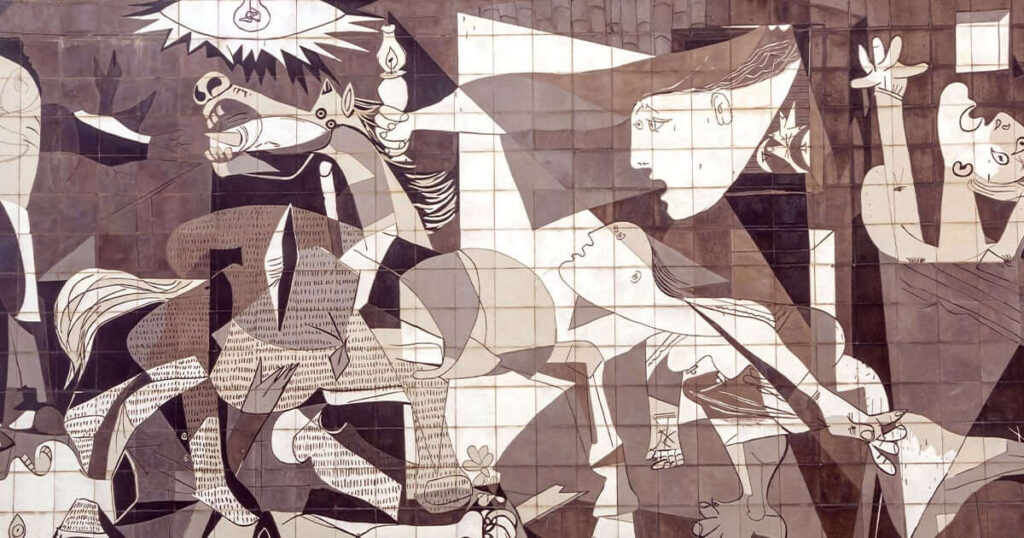
Guernica is a powerful political statement, denouncing the brutality of war and laying bare its surreal senselessness.Picasso’s use of fragmented, distorted figures and stark monochromatic tones evokes a gripping sense of anguish and despair. The painting’s universal symbolism, condemnation of violence, and lingering emotional effects have made it a powerful anti-war symbol, resonating with audiences far beyond the art world.
A masterpiece by perhaps the most famous artist of all time, Leonardo da Vinci, The Last Supper stands as a monumental achievement in the realm of religious art. Originally painted onto the walls of the Convent of Santa Maria delle Grazie in Milan, Italy, this mural painting depicts the biblical scene of Jesus Christ sharing his last meal with his disciples.
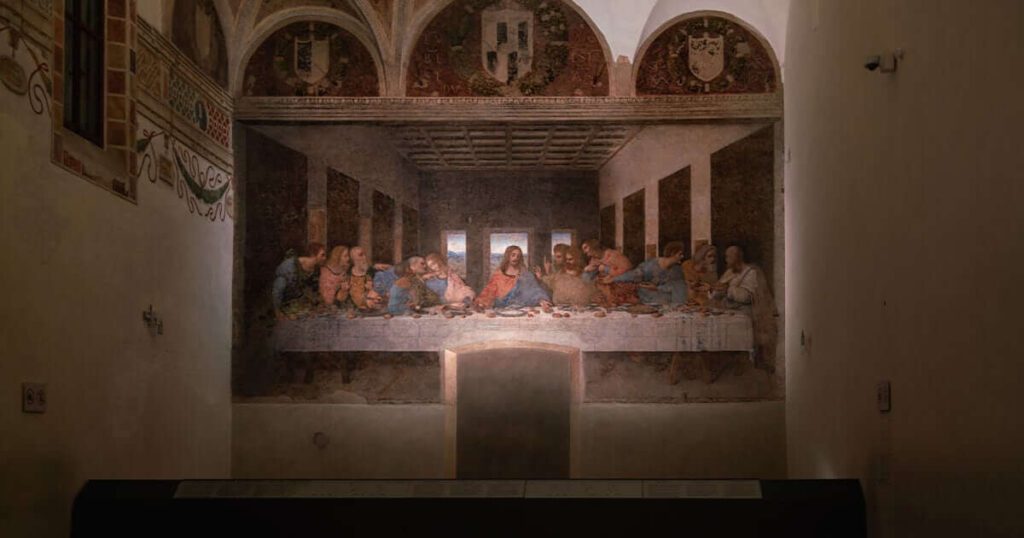
The Last Supper is renowned for its technical brilliance and the psychological depth applied to the face and body language of each figure depicted.Leonardo’s meticulous attention to detail, combined with his innovative use of perspective, created a sense of realism and depth rarely seen before in art. The composition’s realistic nature and the artist’s ability to capture each disciple’s distinct reaction have solidified its place as one of the most influential religious artworks in history. The painting’s enduring significance has come not just from Christian followers, but from the work’s ability to transcend its religious subject matter, resonating with viewers from all different backgrounds.
Read More: Leonardo da Vinci’s Inspiring Life
Dutch Post-Impressionist painter Vincent van Gogh‘s The Starry Night is a testament to the artist’s visionary genius and his ability to capture emotions through moving, vivid brushstrokes. Painted during his stay at a mental asylum in Saint-Rémy-de-Provence, this iconic work showcases Van Gogh’s expressive use of color and swirling patterns, depicting an enchanting nocturnal landscape filled with stars, a moon, and a dreamlike village.
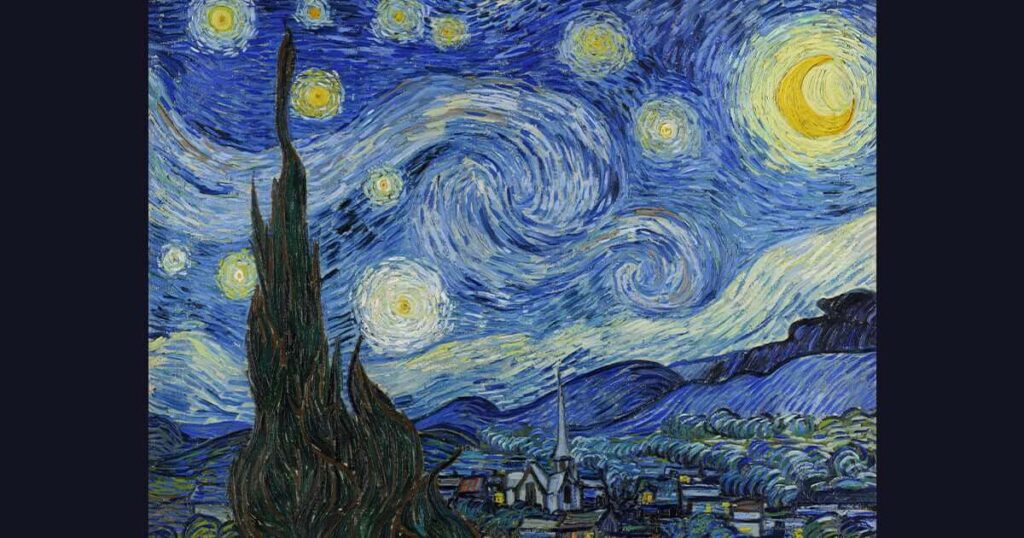
The Starry Night holds colossal influence not just for its innovative use of color and artistic rendering, but also for its breathtaking emotional resonance. Van Gogh’s deeply personal style and his struggle with mental health have touched the hearts of countless individuals around the world, and in paintings like Starry Night we are given the opportunity to better understand the beauty of the man’s unique mode of perception. The painting’s immersive portrayal of the night sky and its underlying turbulence have made it an enduring symbol of both the artist’s torment and his enduring creative spirit.
Another masterpiece by Leonardo da Vinci, few paintings in the history of art have achieved the legendary status of the Mona Lisa. Created during the Italian Renaissance, this enigmatic portrait embodies the artist’s technical virtuosity and innovative approach to capturing the human form. The subject’s mysterious smile and her lingering gaze have captivated viewers for centuries, inviting speculation and interpretation galore.
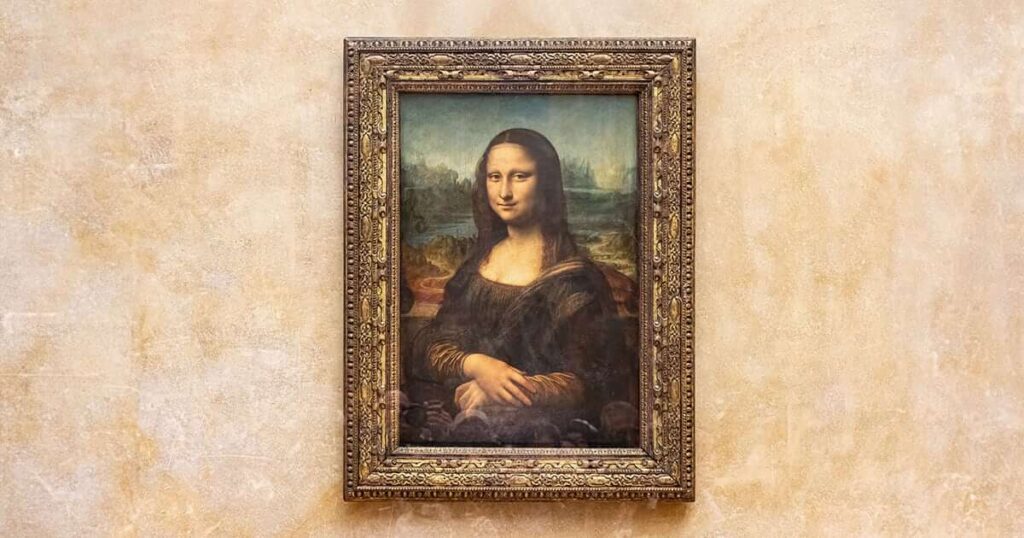
What sets this painting apart as a cultural force is its universal appeal. Beyond its artistic mastery, the Mona Lisa has become a truly global icon, instantly recognizable to people from all countries and walks of life. The enigma surrounding the depicted figure’s identity, coupled with the painting’s technical brilliance, has contributed to its status as one of the most celebrated works of art. Today, the Mona Lisa continues to inspire artists, scholars, and the general public, making it an enduring symbol of artistic excellence and intrigue.
There you have it — our list of the five most famous paintings. Seeking inspiration or the ability to inspire others? You’re in the right place. Pick up some painting skills, find what moves you, learn to fusioneer your passions, and so much more with The Kirby Foundation. Follow our Instagram, Facebook, Pinterest, and newsletter to get involved and learn more about modern inventor Paul Kirby and his robot painter!
Are you interested in hearing the complete story of Paul and Dulcinea? Watch the video (nominated for Best Short Film at the 2021 Vail and Portland Film Festivals) for more info.
Want to be the first to know about every exciting new project at the Kirby Foundation?
Join Our Mailing ListBuild the life you love. Learn more about fusioneering:
Why pick which passion you should follow? Fusioneering allows you to cultivate many interests into something innovative and revolutionary.
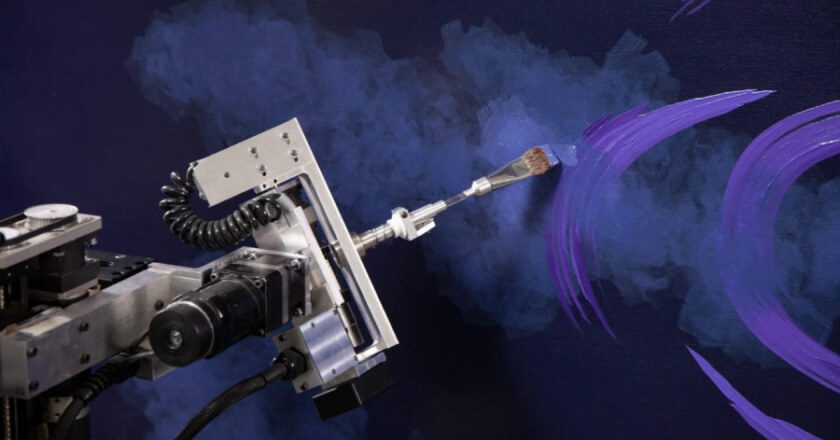
Meet Paul and explore how blending your interests can empower you to follow your enthusiasm and bring your passions to life.